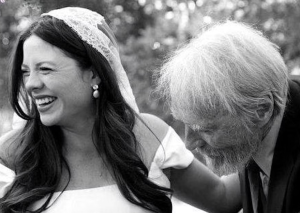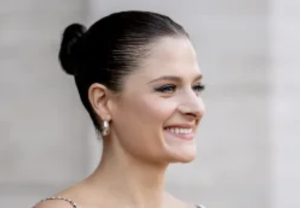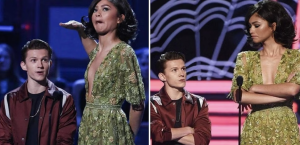The latest disruptive technology, ChatGPT, has long cast a shadow over the media. For them, ChatGPT represents a threat to our democratic systems, white-collar jobs, and the future of academic and scientific integrity.
How worried about generative artificial intelligence (AI) should we be? ChatGPT’s creators refer to it as “a model… which interacts in a conversational style” but also label it a “terrible product” because of its erratic output.
It is capable of writing emails, summarizing documents, commenting on code, translating documents, creating content, playing games, and of course, chatting. This is hardly a bleak future scenario.While we shouldn’t be afraid of new technology, we also shouldn’t assume they will be beneficial to us. Societies are constantly evolving culturally as a result of disruptive technology that introduce novel ideas and methods, temporary consensus, and inertia from the past.
By taking into account what a technology is intended to do, how it relates to us, and how our lives will change as a result, we must comprehend and accept the co-evolution of humans and technology.
Are DALL-E and ChatGPT actually original works?
Creativity is frequently regarded as a quality shared only by humans, along with intelligence. Yet, creativity is a trait that has spread among species as a result of convergent evolution, not just among humans.Crows, octopuses, dolphins, and chimpanzees are just a few of the many species that can improvise and use tools.
Despite the term’s widespread use, creativity is notoriously difficult to measure. Its characteristics include the volume of output, discovering connections between items that appear unconnected (distant associations), and offering unusual solutions to issues.
It is not just the individual who is creative; our social networks and morals also play a significant role. As more cultural variations are present, we have a wider range of concepts, items, and procedures to choose from.Our cultural experiences are resources for creativity. The more diverse ideas we are exposed to, the more novel connections we can make. Studies have suggested that multicultural experience is positively associated with creativity. The greater the distance between cultures, the more creative products we can observe.
Creativity can also lead to convergence. Different individuals can create similar ideas independent of one another, a process referred to as scientific co-discovery. The invention of calculus and the theory of natural selection are the most prominent examples of this.
Artificial intelligence is defined by its ability to learn, identify patterns and use decision-making rules.
If linguistic and artistic products are patterns, then AI — especially those like ChatGPT and DALL-E — should be capable of creativity by assimilating and combining divergent patterns from different artists. Microsoft’s Bing chatbot claims that as one of its core values.





